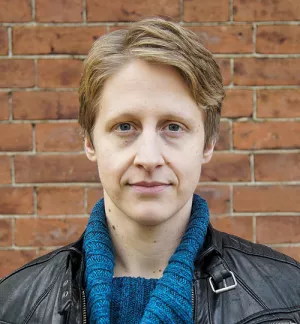When I told my grandfather, a retired college professor, what my research topic was going to be his reply was “I didn’t realize there was any censorship on Facebook - sounds to me that for people like Zuckerberg anything goes.”
This is incorrect.
Around the same time Zuckerberg was publicly doubling down on free speech, Facebook and Instagram added the peach and eggplant emojis to their lists of ‘sexually suggestive content’ which, if used for ‘solicitation,’ can get your account suspended. (in short, “wanna have sex?” is fine, but “wanna have sex? 🍆 💦 🍑” is against the rules)
This was not particularly surprising – social media companies have grown increasingly censorial of sexual content, even when communities built around this content were part of what made the platform popular (aka, Tumblr before the Yahoo acquisition). Passage of SESTA/FOSTA brought it to new extremes and today sexual content is removed from almost every major platform with an extraordinarily wide net. This net removes some unquestionably bad and removal-worthy content such as child pornography, but also catches an awful lot of educational content plus some content that’s not sexual in nature at all - not to mention the vast grey area in between, which includes such varied items as hardcore kinky porn, female nipples, and clips from HBO’s Game of Thrones.
Why is sex treated so much more harshly than hate speech?
(That’s a rhetorical question.)
For an issue that’s relevant to every single human on the planet, we sure put a lot of effort into not talking about it. The influence of America’s puritanical roots can still be seen in the laws our congress passes, in abstinence-only education in schools, and, of course, in the content moderation of social media platforms.
All this is done in the name of protecting people. And yet, in modern America:
-
1 in 6 women and 1 in 33 men have experienced sexual assault (RAINN)
-
1 in 4 women and 1 in 9 men have experienced domestic violence (NCADV)
-
LGBT teenagers are 5 times more likely to attempt suicide (The Trevor Project)
-
Almost half of pregnancies are 'unintended' (with 18% being 'unwanted'), substantially higher than other developed countries (Guttmacher Insitute)
In recent years #metoo has flung open the conversation about the all-too-common experiences of assault and harassment, a revelatory dialogue that’s changing the way we look at those issues. Frank discussion of negative experiences has dealt a huge blow to the silence that traps so many of us, but it’s only the beginning of the story.
To truly deal with all these problems, there’s another conversation that needs to be had – one about the positive side of sex and relationships.
If all of us had exposure to accurate educational information, to role models of healthy sexuality that reflected our own bodies and interests, to models of positive consent and examples of safer, better, sex, then we could talk not only about what we don’t want to happen to us, but what we do want to happen instead.
As a society we are failing each other in how we talk about sex and sexuality. This applies to everyone - male and female and non-binary, straight and gay and in-between, adults and (especially) children learning about how the world works and how to treat each other. The pandemic has only intensified how social media dominates our conversations and news sources and their sexual censorship sits as a block between us and improvement.
We must do better. I intend to spend the next 8 months figuring out how.
If you’re interested in talking with me about this work, or have personal experience with censorship of sexual content on social media, send me an email at cbayley@hks.harvard.edu – I’d love to chat.
Bayley , Clare. “Sexual Censorship on Social Media .” October 21, 2020


